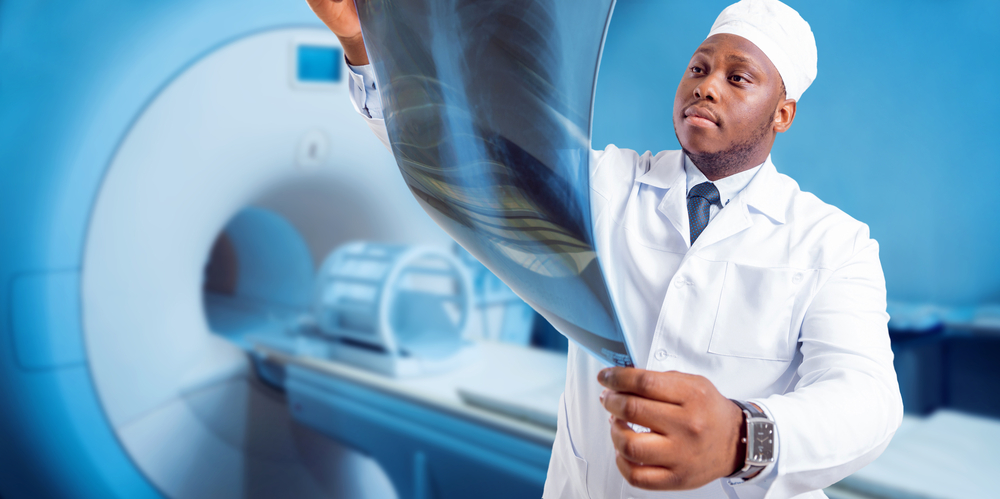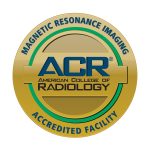Radiology & Diagnostic

With our convenient in-house equipment, we are able to fulfill patient’s imaging needs as quickly as their insurances allow.
Services Provided
Open MRI
CT Scan
X-Ray

MRI FAQs
Magnetic resonance imaging, commonly known as MRI is a medical test that aids physicians in diagnosis and treating medical conditions. This is a noninvasive and typically painless test.
An MRI is ordered for any types of headaches, upper back, mid back and lower back , neck, chest wall, arm, ankle, leg, hand, feet and major pains.
In contrast to the more common X-Ray that uses ionizing radiation, MRI uses a strong magnetic field, radio waves and a computer. This enables MRI to make very detailed pictures of bone, organs, soft tissues and any other body structures. The physician can then view the pictures on the computer for further evaluation.
MRI test are typically done on an outpatient basis as they generally can be completed under 30 minutes.
Patients are positioned on a moveable exam table. A coil containing small components that send and receive radio waves may be placed around the portion of the body being examined. If the patients particular procedure requires a contrast dye then the MRI technologist will insert an IV line into a vein in the hand or arm. The exam table will be gently moved into the MRI machine and the technologist will go to an adjacent room where they can perform the tests while watching the patient through a window. The MRI technologist will be able to communicate with the patient through a sound system at anytime. In addition, the patient will have headphones and will be able to listen to the type of music of their choice throughout their procedure.
Once the exam is completed the technologist may ask the patient to wait while they check the images and determine if any additional pictures are required. If the patient needed an IV it will then be removed.
Patients should wear comfortable clothes that are easy to change as they may be asked to wear a gown for their procedure. You may also be asked to remove any jewelry, eyeglasses or metal objects.
Your physician will give any special dietary or medication instructions ahead of time if they are necessary.
The physician and or MRI technologist should be made aware of any serious health problems or previous surgeries. The patient also should tell the technologist of any allergies as they can then determine which contrast dye is the safest for each patient. Patients must always notify the technologists of any possibility of pregnancy.
CT Scan sometimes called CAT scanning is a painless and a non-invasive medical test that helps physicians diagnose and treat medical conditions. CT uses a very thin special X-ray beam to produce detailed, cross sectional views of the area being studied. The images can be examined on a computer or printed. CT is often the preferred method of diagnosing causes of pain and many different forms of cancer. CT of the internal organs, bone, blood vessels and soft tissue provide greater clarity than conventional x-ray exams.
You will be lying flat on a table usually on your back, stomach or on your side.
The table will move slowly through the machine as the actual CT scanning is performed. You may be asked to hold your breath during the exam. The CT exam is usually completed within 30 minutes.
You should wear loose-fitting comfortable clothing to your exam. You may be given a gown during the procedure. You may also be asked to remove any jewelry, eyeglasses, dentures and hairpins which effect the CT images.
Do not drink or eat anything for several hours beforehand, especially if contrast material will be used in your exam. Inform your physician if you are taking medications and if you have any allergies.
X-Ray FAQS
An x-ray is a medical test that physicians use to diagnosis and treat their patient’s medical conditions. It is the oldest and most commonly used form of medical testing. An X – ray is a painless and quick test for the patient to endure. It involves exposing the part of the body that is being examined to a small dose of ionizing radiation to produce pictures of the inside of the body.
X -ray is also used to diagnose various conditions of the lungs including pneumonia, tumors and changes of heart failure. It also is used to diagnose fractures and other abnormalities of bones, joint conditions, and causes of abdominal pain.
Fluoroscopy involves using X-rays to take “live” images of the body. It is typically used to examine the gastrointestinal tract such as the esophagus, stomach, small intestine and colon.
You may be asked to wear a gown during the procedure.
Wear clothing that is comfortable and easy to change.
Please remove any jewelry, eyeglasses or any metal objects that are covering the area to be examined.
You may be asked not to eat or drink for several hours prior to your procedure. We will give you instructions when you make your appointment.
X-rays cannot be performed during pregnancy because of the potential harms to the fetus. Women should always notify the radiology technician of any possibility of pregnancy.
X-rays are a type of radiation just like radio waves and light. The X- ray machine is positioned toward the part of the body being imaged. It then produces a small amount of radiation that passes through the body and captures an image on film or a special image recording plate.

